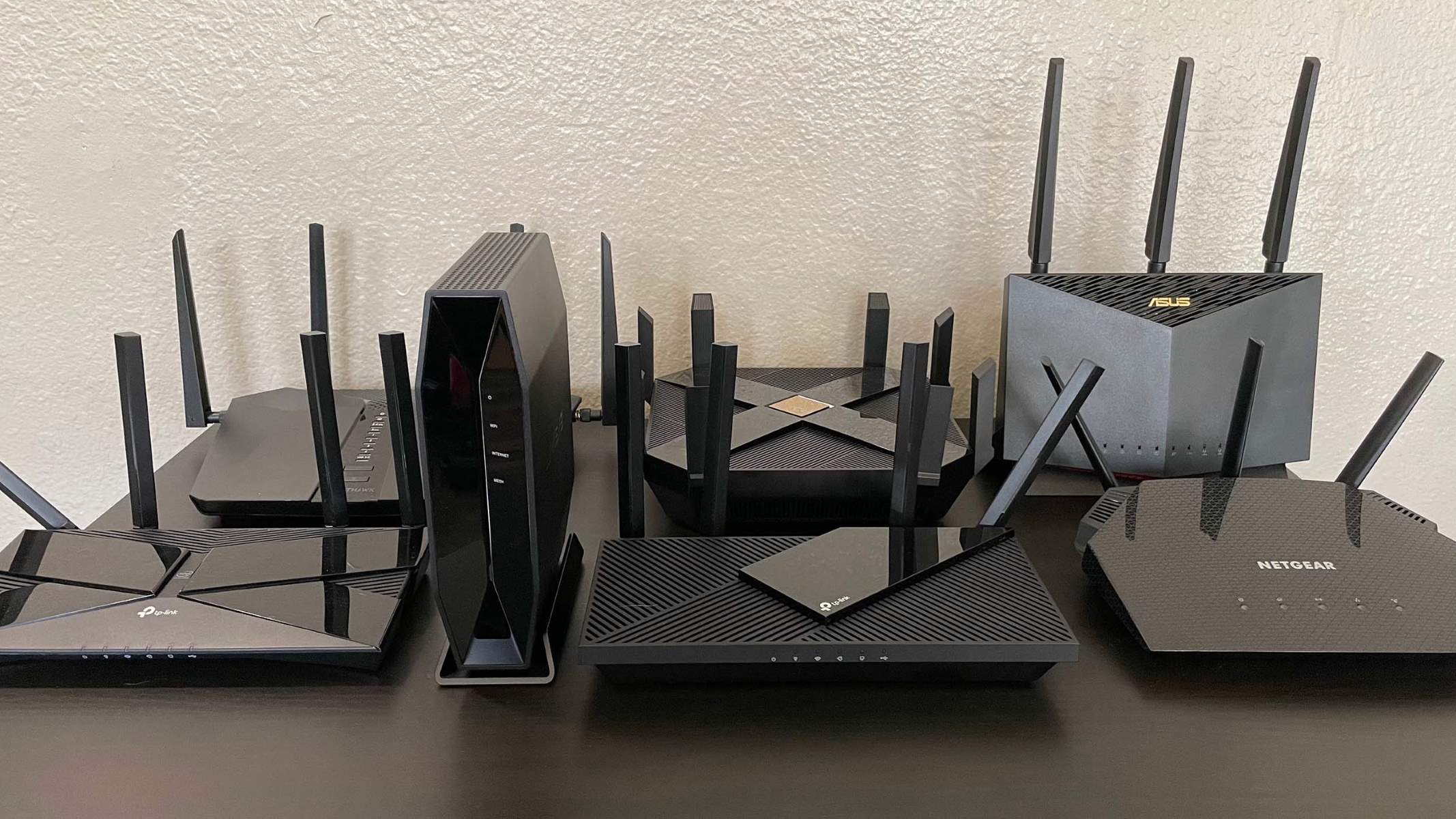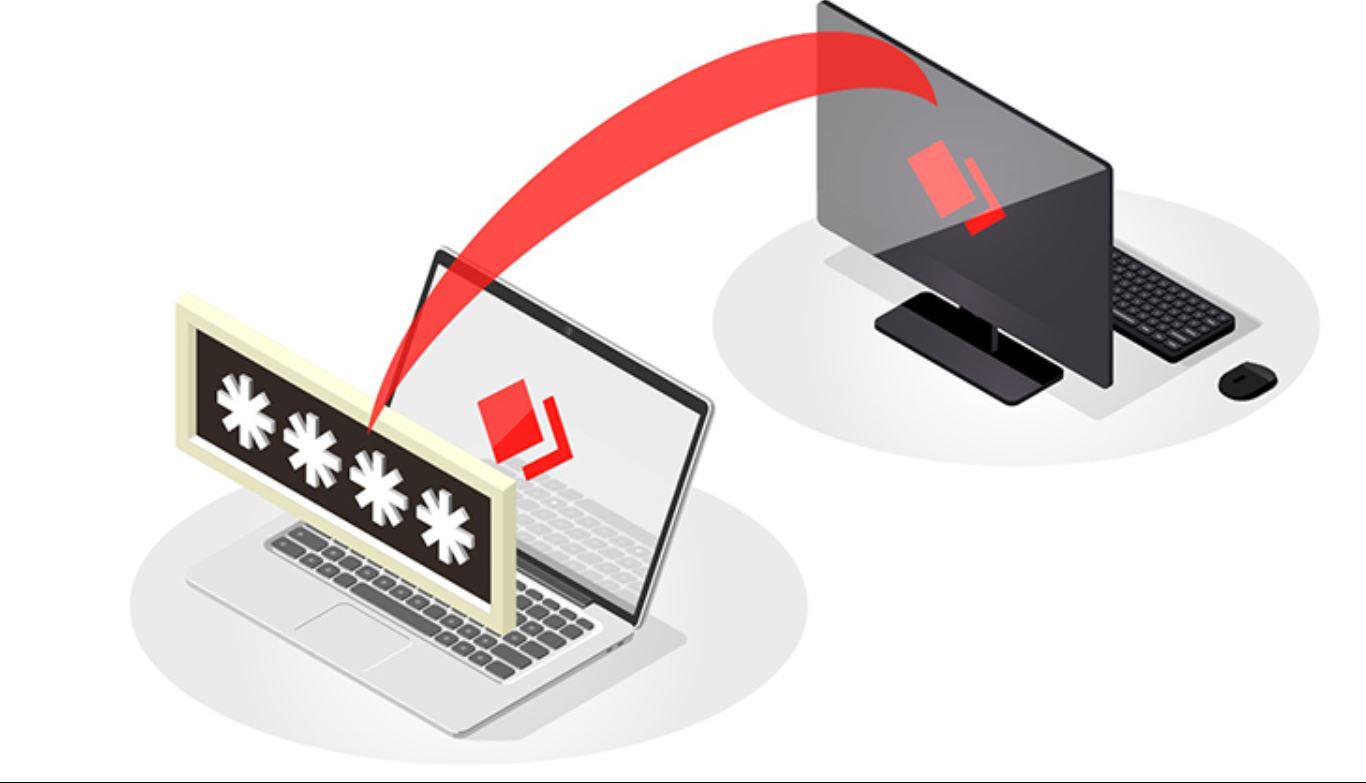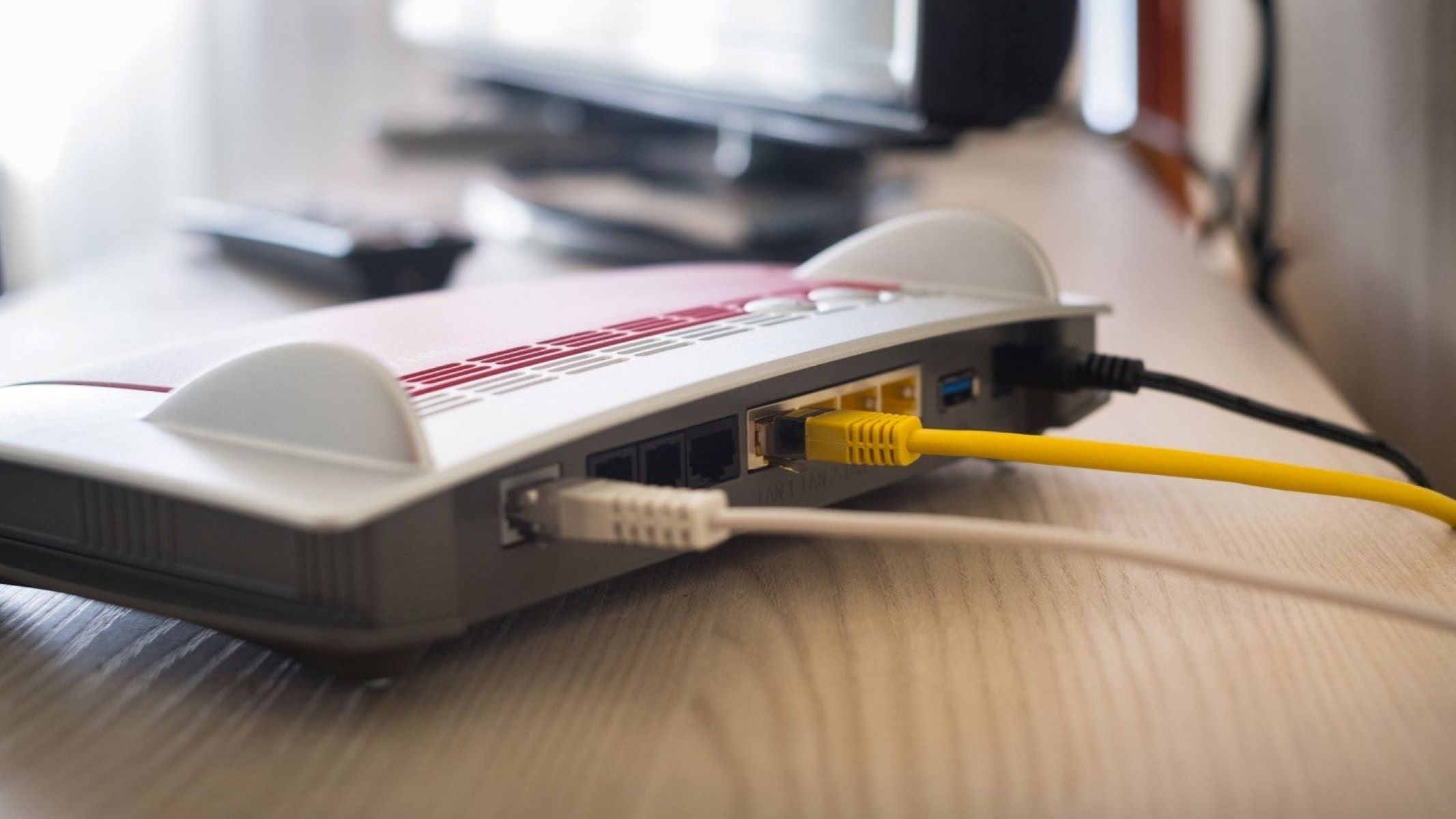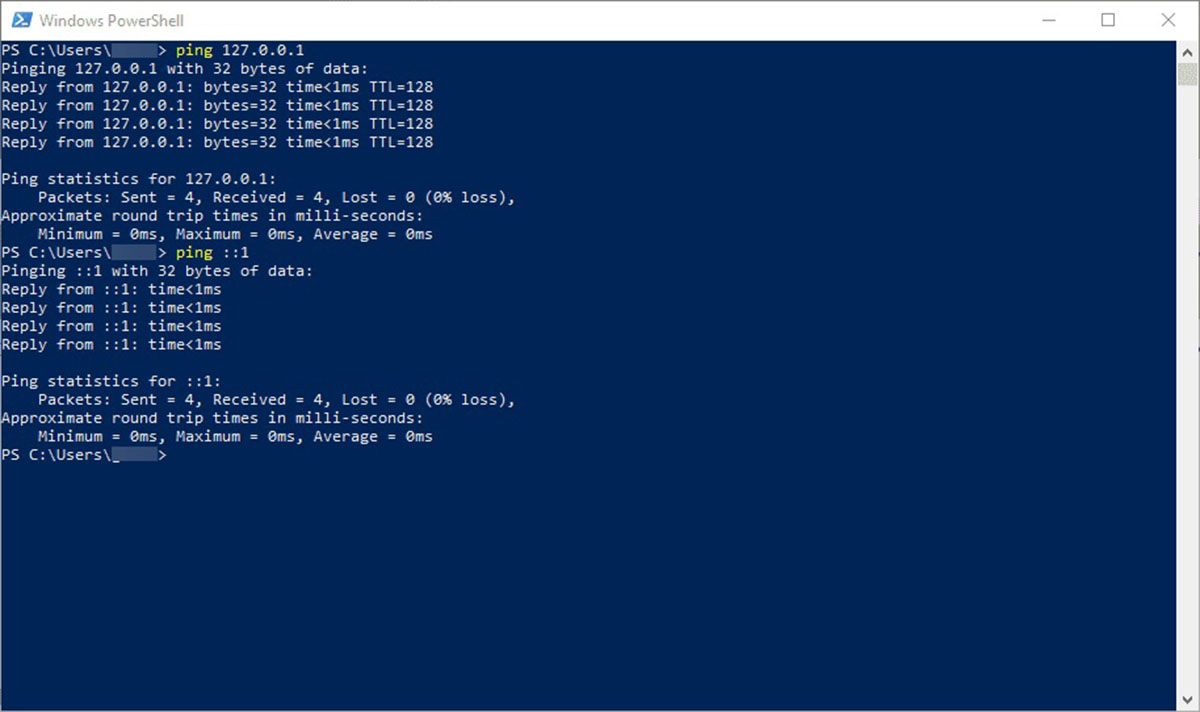What is an External IP Address?
An external IP address, also known as a public IP address, is a unique numerical label assigned to a device connected to a network. It serves as the device’s identifier on the internet, allowing other devices to locate and communicate with it.
Think of an external IP address as a digital fingerprint for a device. Just as every person has a unique set of fingerprints, every device connected to the internet has a distinct external IP address. This address is provided by the Internet Service Provider (ISP) and is visible to any device trying to establish a connection.
External IP addresses are crucial in facilitating communication between devices across the internet. They enable seamless data transmission, whether it’s sending emails, browsing websites, or streaming videos.
It’s important to note that external IP addresses apply to devices in a Wide Area Network (WAN) – typically, those connected to the internet. Local Area Networks (LANs), on the other hand, use internal IP addresses, which are assigned by the router and are not visible to the internet.
External IP addresses play a significant role in determining how devices are identified and reached online. Without them, devices would have no means of establishing connections or communicating with one another in the vast network that is the internet.
Definition of an External IP Address
An external IP address, also referred to as a public IP address, is a unique numerical label assigned to a device connected to a network. It serves as the device’s identifier on the internet, allowing other devices to locate and communicate with it. Just like how our home address helps people find us, an external IP address enables devices to find and connect with each other in the vast network that is the internet.
An external IP address consists of a series of numbers separated by periods, such as 192.168.0.1. These numbers follow a specific format defined by the Internet Protocol, or IP, which is a set of rules that governs communication on the internet.
When a device connects to the internet, it is assigned an external IP address by the Internet Service Provider (ISP). This IP address is unique to that specific device at that particular moment. As devices connect and disconnect from the internet, their external IP addresses may change, especially in cases of dynamic IP addresses.
It’s important to note that external IP addresses are distinct from internal IP addresses. Internal IP addresses are used within local networks, such as home or office networks, to allow devices to communicate with each other. These internal IP addresses are assigned by the router and are not visible to the internet.
External IP addresses are crucial for data transmission and communication over the internet. Without them, devices would not be able to connect to websites, send and receive emails, or engage in various online activities. They play a fundamental role in ensuring devices can dynamically locate and interact with each other in the vast digital landscape.
How is an External IP Address Assigned?
An external IP address is assigned to a device connected to a network by the Internet Service Provider (ISP). The process by which an external IP address is assigned can vary depending on the type of internet connection and the ISP’s setup. Let’s explore the two main methods of assigning external IP addresses: static and dynamic.
A static external IP address is manually assigned to a device and remains fixed unless changed by the ISP or the device’s owner. This type of IP address is typically used for servers, websites, or devices that need a permanent and predictable address for remote access or hosting purposes. Static IP addresses are often purchased or leased from the ISP and are ideal for businesses requiring consistent online presence.
A dynamic external IP address, as the name implies, can change over time. This type of address is assigned from a pool of available IP addresses managed by the ISP. When a device connects to the network, it is allocated an available IP address from the pool. When the device disconnects, the IP address returns to the pool and can be assigned to another device later on.
The allocation of dynamic IP addresses is typically done through a protocol called Dynamic Host Configuration Protocol (DHCP). DHCP automatically assigns and manages IP addresses within a network, ensuring devices have a unique address each time they connect. This allows more efficient utilization of IP addresses within an ISP’s network.
It’s worth noting that some ISPs may also implement a hybrid approach, where they assign dynamic IP addresses by default but offer the option for customers to request a static IP address at an additional cost.
The specific method of IP address assignment and the availability of static or dynamic IP addresses depend on the ISP’s policies and the type of internet connection. Whether it’s a static or dynamic IP address, both serve the purpose of uniquely identifying devices on the internet and enabling communication between them.
Static vs. Dynamic External IP Addresses
When it comes to external IP addresses, there are two main types: static and dynamic. These types differ in how the addresses are assigned and whether or not they change over time. Let’s explore the characteristics and use cases of static and dynamic IP addresses:
Static External IP Address:
A static external IP address is manually assigned to a device and remains fixed unless changed by the Internet Service Provider (ISP) or the device’s owner. Some key features of static IP addresses include:
- Consistency: With a static IP address, the device always uses the same address, providing predictability for remote access, hosting, or specific network settings.
- Accessibility: It allows easy access to devices or services from remote locations, as the IP address remains constant.
- Pricing: Static IP addresses often come at an additional cost, as they are considered more valuable due to their permanence.
- Use cases: Static IP addresses are commonly used for servers, websites, virtual private networks (VPNs), and devices that require a fixed address for remote access or hosting purposes.
Dynamic External IP Address:
A dynamic external IP address, on the other hand, is assigned from a pool of available IP addresses managed by the ISP. The key features of dynamic IP addresses include:
- Flexibility: Dynamic IP addresses can change over time. Each time a device connects to the network, it is assigned an available IP address from the pool.
- Efficiency: Dynamic IP addresses allow for efficient usage of IP addresses within an ISP’s network, as the addresses are returned to the pool when devices disconnect.
- No additional cost: Dynamic IP addresses are generally provided by ISPs as part of their internet service package without any extra charges.
- Use cases: Dynamic IP addresses are suitable for most residential and small-scale business internet connections, where constant accessibility is not required, and the focus is on cost-effectiveness and efficient address allocation.
Choosing between static and dynamic IP addresses depends on the specific requirements of your network or devices. If consistent accessibility and fixed network configurations are crucial, a static IP address is recommended. However, if flexibility, cost-efficiency, and dynamic address allocation suffice, a dynamic IP address is sufficient for most scenarios.
It’s worth noting that some ISPs offer the option for customers to request a static IP address as an additional service, allowing even dynamic IP address users to switch to a static IP address when needed.
The Role of NAT in External IP Addresses
Network Address Translation (NAT) plays a vital role in the context of external IP addresses. NAT is a technique used to translate private IP addresses within a local network into a single external IP address visible to the internet. Let’s explore the functions and benefits of NAT in relation to external IP addresses:
Address Conservation:
One of the primary purposes of NAT is to conserve the limited supply of IPv4 addresses. With the increasing number of devices connecting to the internet, the pool of available IPv4 addresses is running out. NAT allows multiple devices within a local network to share a single external IP address, thereby extending the usability of IP addresses and delaying the need for widespread adoption of IPv6.
Enhancing Security:
NAT provides a measure of security for devices within a local network by acting as a barrier between the internet and the private network. Since private IP addresses are not visible to the internet, it adds a layer of protection against unauthorized access and external threats. This makes it harder for external entities to directly communicate with devices within the private network.
Improved Network Flexibility:
NAT allows for more flexible network setups by enabling devices with private IP addresses to access the internet. Each device within the local network can connect to the internet using the shared external IP address provided by the NAT router. This enables devices to browse the web, engage in online activities, and communicate with external resources without the need for unique public IP addresses for each device.
Network Address Translation Types:
There are two main types of NAT:
- Static NAT: Static NAT establishes a one-to-one mapping between a private IP address and a public (external) IP address. This type of NAT is often used when devices within a local network require constant external accessibility.
- Dynamic NAT: Dynamic NAT maps multiple private IP addresses to a pool of external IP addresses. This allows devices within the local network to take turns using an available external IP address when accessing the internet. Dynamic NAT is commonly used in residential and small-scale business networks.
Overall, NAT plays a crucial role in the efficient utilization of external IP addresses, enhancing network security, and allowing multiple devices within a local network to access the internet using a single external IP address. It’s an essential component of modern networking infrastructure, providing a bridge between private and public networks.
How to Find your External IP Address
There are several methods to find your external IP address, which is the unique identifier assigned to your device on the internet. Here are some common methods to discover your external IP address:
Using a search engine:
One of the easiest and quickest ways to find your external IP address is by using a search engine. Simply open your preferred search engine and type in “What is my IP address?” or “Find my IP address. The search engine will display your external IP address at the top of the search results page.
Using online IP lookup tools:
There are numerous websites and online tools that specialize in IP address lookup. Visit one of these websites, and they will display your external IP address along with additional information such as your location, ISP, and other technical details. Some popular IP lookup sites include “WhatIsMyIP.com”, “IP-Details.com”, and “IP-Tracker.org”.
Using Command Prompt or Terminal:
If you prefer a more technical approach, you can use the Command Prompt or Terminal on your computer to find your external IP address. Simply follow these steps:
- Open the Command Prompt (on Windows) or Terminal (on macOS or Linux).
- Type “ipconfig” (on Windows) or “ifconfig” (on macOS or Linux) and press Enter.
- Look for the “IPv4 Address” under the network adapter that is currently connected to the internet. This address is your external IP address.
Using router admin page:
If you have access to your router’s admin page, you can find your external IP address there as well. The exact method varies depending on the router brand and model, but generally, you can follow these steps:
- Open a web browser and enter your router’s IP address in the address bar. This IP address is typically written on the router or provided in the router’s user manual.
- Login to the router’s admin page using the credentials (username and password) provided.
- Look for a section related to network or internet settings. Your external IP address should be displayed there.
These are some of the common methods to find your external IP address. It’s worth noting that if you have a dynamic IP address, it may change over time, especially if you restart your router or reconnect to the internet. Therefore, it’s a good practice to check your external IP address periodically, especially if you need it for specific networking purposes.
Importance of External IP Addresses in Networking
External IP addresses play a crucial role in networking, enabling devices to connect and communicate with each other over the internet. They serve as unique identifiers for devices, allowing data to be transmitted and received accurately. Let’s explore the importance of external IP addresses in networking:
Device Identification:
External IP addresses act as digital fingerprints for devices connected to the internet. By using these addresses, devices can be easily identified and located by other devices. This identification is essential for establishing communication, whether it’s sending emails, accessing websites, or engaging in video calls.
Data Routing:
When devices send data over the internet, external IP addresses are used to route that data to the appropriate destination. Routers and other network devices use the destination device’s IP address to ensure the data reaches the intended recipient without getting lost or misdirected. External IP addresses are vital for accurate and efficient data routing in complex network structures.
Port Forwarding:
External IP addresses are instrumental in setting up services that require port forwarding. Port forwarding allows specific services or applications running on a device to be accessible from the internet. By configuring the router to forward incoming requests on specific ports to the internal IP address of the device hosting the service, external IP addresses make it possible for users outside the local network to access services such as remote desktop connections, web servers, and file sharing.
Networking Security:
External IP addresses play a crucial role in network security. Firewalls and other security devices utilize external IP addresses to identify and monitor incoming and outgoing network traffic. By analyzing the external IP addresses associated with network connections, these security measures can detect and prevent unauthorized access attempts, potential threats, and suspicious activities.
NAT Traversal:
Network Address Translation (NAT) is a technique that allows multiple devices within a local network to share a single external IP address. This enables devices with private IP addresses to access the internet and establish connections with external resources. NAT traversal, made possible by external IP addresses, ensures seamless communication between devices in local networks and the larger internet.
Overall, external IP addresses are essential elements in networking that facilitate secure and efficient communication between devices. They allow for device identification, data routing, port forwarding, network security, and NAT traversal. Understanding the importance of external IP addresses can help network administrators and users optimize their network infrastructure for seamless and secure data transmission.
Common Problems with External IP Addresses
While external IP addresses play a critical role in networking, they can sometimes pose challenges and lead to various issues. Understanding these common problems can help network administrators and users troubleshoot and resolve issues more effectively. Let’s explore some of the common problems associated with external IP addresses:
1. IP Address Conflicts:
IP address conflicts occur when two or more devices in a network have the same external IP address. This can cause connectivity issues and disrupt communication between devices. IP conflicts often arise due to misconfigurations or DHCP errors within the network. Resolving IP conflicts requires identifying the duplicate IP addresses and reassigning unique addresses to the affected devices.
2. IP Address Blacklisting:
In some cases, an external IP address may get blacklisted by certain services or websites. This can happen if the IP address was previously associated with malicious activities or spamming. Blacklisted IP addresses may face restrictions or complete bans from accessing certain online services or websites. Resolving this issue requires contacting the relevant parties and proving that the IP address is no longer engaged in any malicious activities.
3. Dynamic IP Address Changes:
For users with dynamic external IP addresses, the address can change periodically. This can disrupt services or applications that rely on a fixed IP address. To overcome this issue, users can consider using Dynamic DNS (DDNS) services that automatically update the IP address associated with a registered domain name, allowing seamless access to services even when the IP address changes.
4. Port Forwarding Configuration:
Port forwarding, which allows external access to specific services or applications hosted on devices within a local network, can be challenging to configure correctly. Incorrectly configured port forwarding rules can result in improper or inaccessible services. Proper configuration typically involves setting up the appropriate port forwarding rules on the router to ensure that incoming requests are correctly directed to the intended device and application.
5. Network Address Translation (NAT) Limitations:
NAT, which enables multiple devices within a local network to share a single external IP address, may impose limitations on certain applications or protocols. Some applications, such as online gaming or peer-to-peer file sharing, may encounter difficulties when used within a network utilizing NAT. These limitations can be mitigated by configuring the router to allow specific ports or using Universal Plug and Play (UPnP) to dynamically open ports as needed.
6. Connectivity Issues:
Connectivity issues can arise due to various factors, including problems with the ISP, faulty routers or modems, or interruptions in the internet service. When experiencing connectivity problems, it’s essential to troubleshoot the network, check the router settings, and contact the ISP if necessary.
By understanding these common problems, network administrators and users can proactively address challenges and maintain smooth operation within their networks. Proper configuration, monitoring, and troubleshooting practices are essential in resolving issues related to external IP addresses and optimizing network performance.
Conclusion
External IP addresses are fundamental elements in networking, serving as unique identifiers for devices connected to the internet. They enable seamless communication and data transmission between devices across vast networks. From device identification to routing data and enabling secure connections, external IP addresses play a crucial role in facilitating online connectivity.
Understanding the difference between static and dynamic external IP addresses is essential for tailoring network setups to specific requirements. Static IP addresses provide a consistent and fixed identifier, ideal for devices requiring permanent accessibility. Dynamic IP addresses, on the other hand, offer flexibility and efficient address allocation for residential and small-scale business networks.
NAT, or Network Address Translation, contributes to the effective use of external IP addresses by conserving IPv4 addresses and providing network security. NAT allows multiple devices within a local network to share a single external IP address, enhancing network flexibility and protecting devices from unauthorized access.
Finding your external IP address can be easily done using online tools, search engines, or network configuration interfaces like the router admin page. Regularly checking your IP address, especially if utilizing dynamic addressing, ensures the accuracy of network setups and resolves potential connectivity issues.
While external IP addresses enable efficient networking, they can also present common challenges. IP address conflicts, blacklisting, dynamic address changes, port forwarding configurations, NAT limitations, and connectivity issues can disrupt network operations. Awareness of these problems and implementing proper troubleshooting and configuration practices are crucial for maintaining smooth network performance.
In conclusion, external IP addresses are the backbone of networking, allowing devices to connect, communicate, and transmit data over the internet. They provide unique identifiers, routing capabilities, and security measures that are essential for seamless network connectivity. Understanding the importance of external IP addresses and addressing common challenges ensure efficient data transmission and enhanced networking experiences.

























